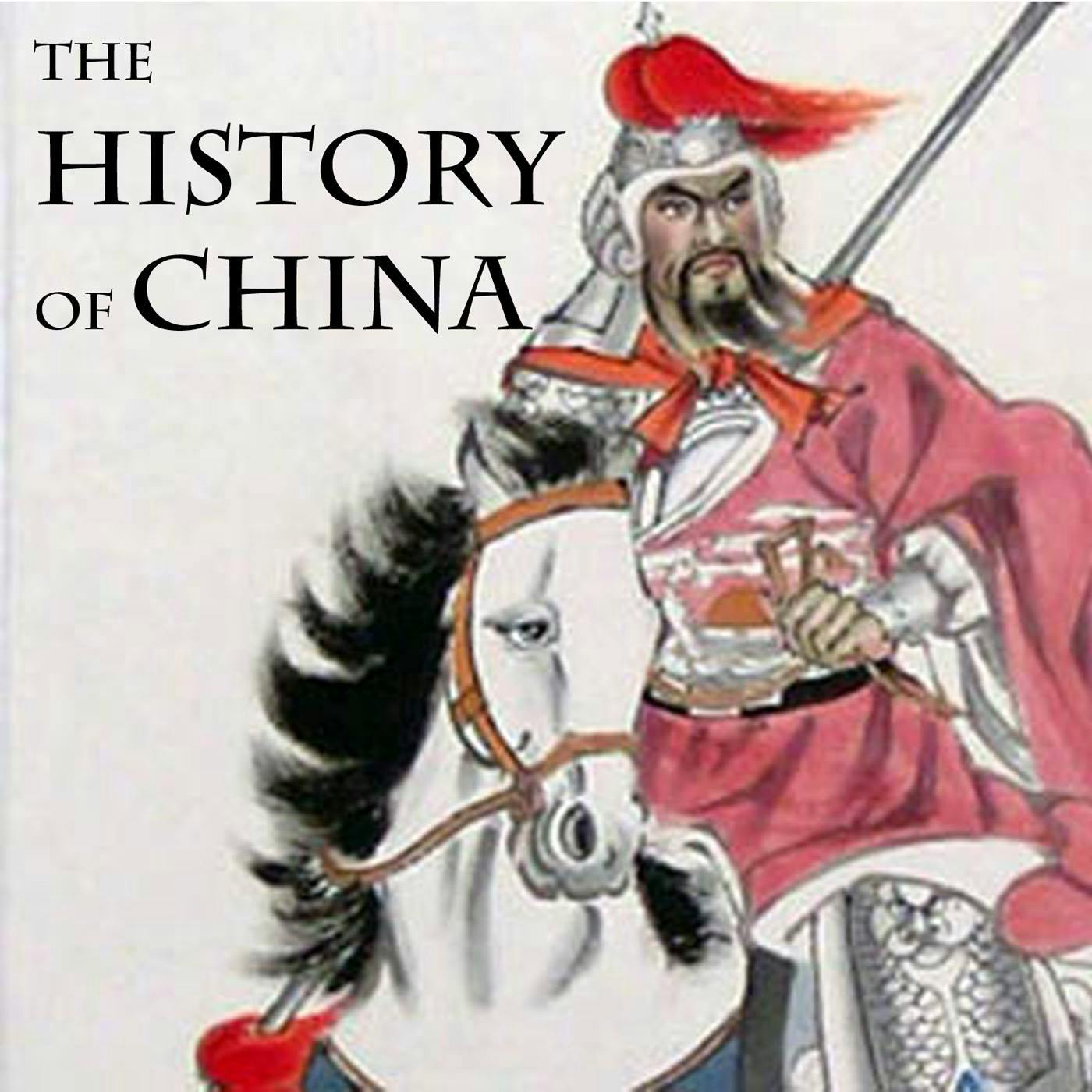
Shownotes Transcript
Wu Zhao sits on the Throne of Heaven as divine sovereign in her own right. But challenges from expansionistic neighbors such as the Tibetans, the Turks, and the Khitan will throw her regime’s stability into question, an ongoing economic crisis will spiral out of control, and her scandalous affair with two pretty-boy half-brothers will throw the entire imperial court into turmoil, potentially spelling an end to her singular era of rule.
Time Period Covered:
690-705 CE
Major Historical Figures:
Tang/Zhou Dynasty:
Wu Zhao [The Holy Empress Regnant Zetian] (r. 690-705)
Prince Li Xian [former Emperor Zhongzong] (re-confirmed as heir in 698)
Prince Li Dan [former Emperor Ruizong]
Princess Taiping
Minister Wei Yuancheng
Xue Huaiyi, head of White Horse Temple (d. 695)
High Inquisitor Lai Junchen (d. 698)
Zhang Yizhi (d. 705)
Zhang Changzong (d. 705)
Turkic Khannate:
Qapaghan Khan [Mouchou] (d. 716)
Tibetan Empire:
Tridu Tsongsan Tsampo [King of Tibet]
the mGar Clan (d. 698)
Khitan Tribe:
Chieftain Li Qincheng (d. 697)
Chieftain Sun Wanzheng (d. 697)
Major Works Cited:
Clements, Johnathan. Wu: the Chinese Empress Who Schemed, Seduced and Murdered Her Way to Become A Living God.
Dash, Mike. “The Demonization of Empress Wu” in The Smithsonian found at: http://www.smithsonianmag.com/history/the-demonization-of-empress-wu-20743091/?no-ist
Fitzgerald, C.P. The Empress Wu.
Guisso, Richard W. L. “The Reigns of the empress Wu, Chung-tsung and Jui-tsung (684-712)” in The Cambridge History of China, vol. 3.
Guisso, Richard W.L. Wu Tse-T’ien and the Politics of Legitimation in T’ang China.
Liu, Xiu. Jiu Tangshu.
Sima, Guang. Zizhi Tongjian.
Woo, X.L. Empress Wu the Great.
Learn more about your ad choices. Visit megaphone.fm/adchoices)
